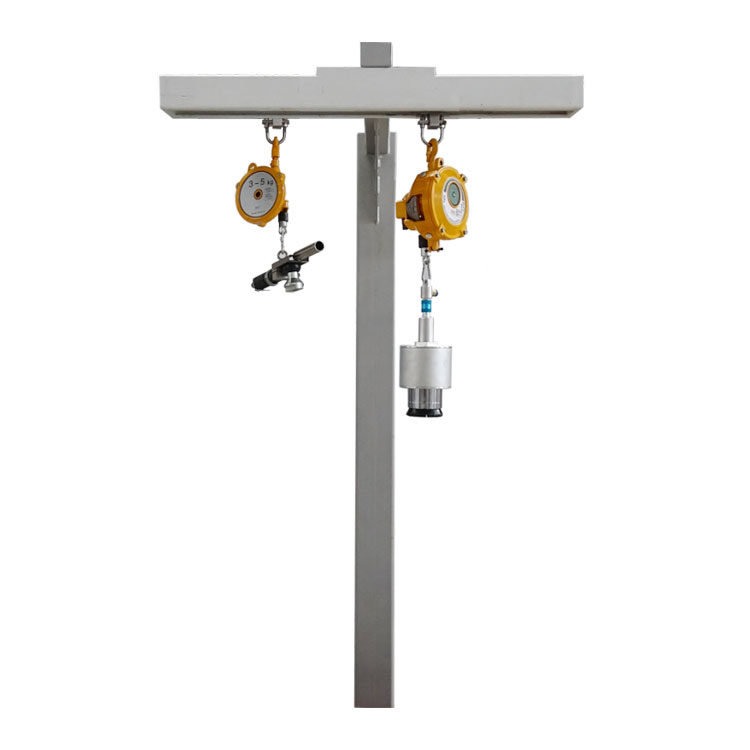Seamless Operation: Understanding the Operator Interface of Handhold Cap Screw Machines
2024-04-24
Handhold cap screw machines are essential tools in manufacturing, offering efficient and precise sealing of containers with caps. Central to their operation is the interface between the machine and the operator, which plays a crucial role in ensuring smooth and accurate sealing processes. In this blog, we'll explore how operators interface with handhold cap screw machines during operation and the key elements involved in this interaction.
1. Ergonomic Design:
The operator interface of handhold cap screw machines is often designed with ergonomics in mind to promote operator comfort and efficiency during operation. This includes features such as ergonomic handle designs, lightweight construction, and adjustable settings for handle height and angle to accommodate different operator preferences and ergonomic needs.
2. Trigger Mechanism:
The primary mode of interaction between the operator and the handhold cap screw machine is typically a trigger mechanism located on the handle. The operator activates the machine by pressing or pulling the trigger, initiating the screwing process. This intuitive interface allows for precise control over the sealing operation and enables operators to work quickly and efficiently.
3. Torque Adjustment Controls:
Many handhold cap screw machines are equipped with torque adjustment controls that allow operators to customize the torque output according to the specific requirements of the caps and containers being sealed. These controls may be located on the handle or on a separate control panel, enabling operators to make adjustments easily during operation to achieve optimal sealing results.
4. LED Indicators:
Some handhold cap screw machines feature LED indicators to provide visual feedback to the operator during operation. These indicators may display information such as power status, torque setting, battery level (if applicable), and error or warning messages, allowing operators to monitor the machine's performance and status at a glance.
5. Feedback Mechanisms:
In addition to LED indicators, handhold cap screw machines may incorporate other feedback mechanisms to provide real-time feedback to the operator. This could include audible signals such as beeps or buzzers to indicate completion of the screwing process or alert operators to errors or issues that require attention.
6. Safety Features:
The operator interface of handhold cap screw machines also includes safety features to protect operators from potential hazards during operation. These may include safety interlocks, emergency stop buttons, and guarding to prevent access to moving parts. Operators should be trained on the proper use of these safety features to ensure safe operation of the machine.
7. Training and Operator Proficiency:
Effective operation of handhold cap screw machines relies on proper training and operator proficiency. Operators should receive comprehensive training on machine operation, including how to use the interface controls, adjust torque settings, troubleshoot common issues, and adhere to safety protocols. Regular training and refresher courses can help maintain operator proficiency and ensure smooth operation of the machine.
Conclusion:
The operator interface of handhold cap screw machines plays a critical role in facilitating efficient and accurate sealing processes in manufacturing. With ergonomic design, intuitive controls, torque adjustment mechanisms, LED indicators, feedback mechanisms, safety features, and operator training, handhold cap screw machines empower operators to work effectively and safely, contributing to the overall productivity and quality of production operations.



